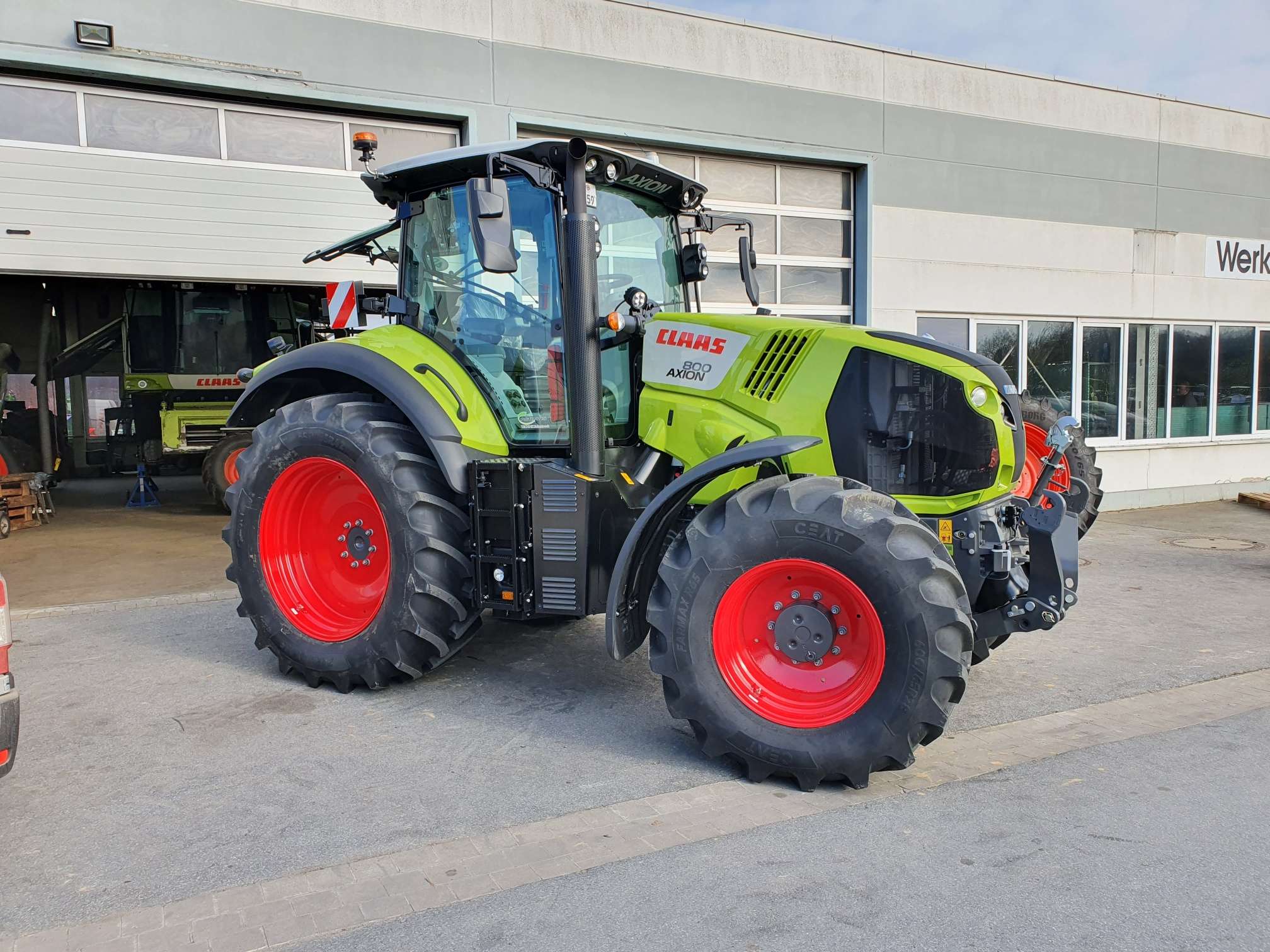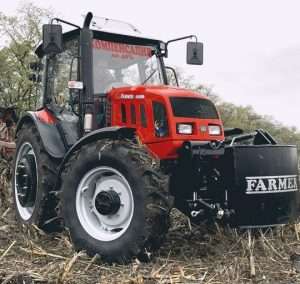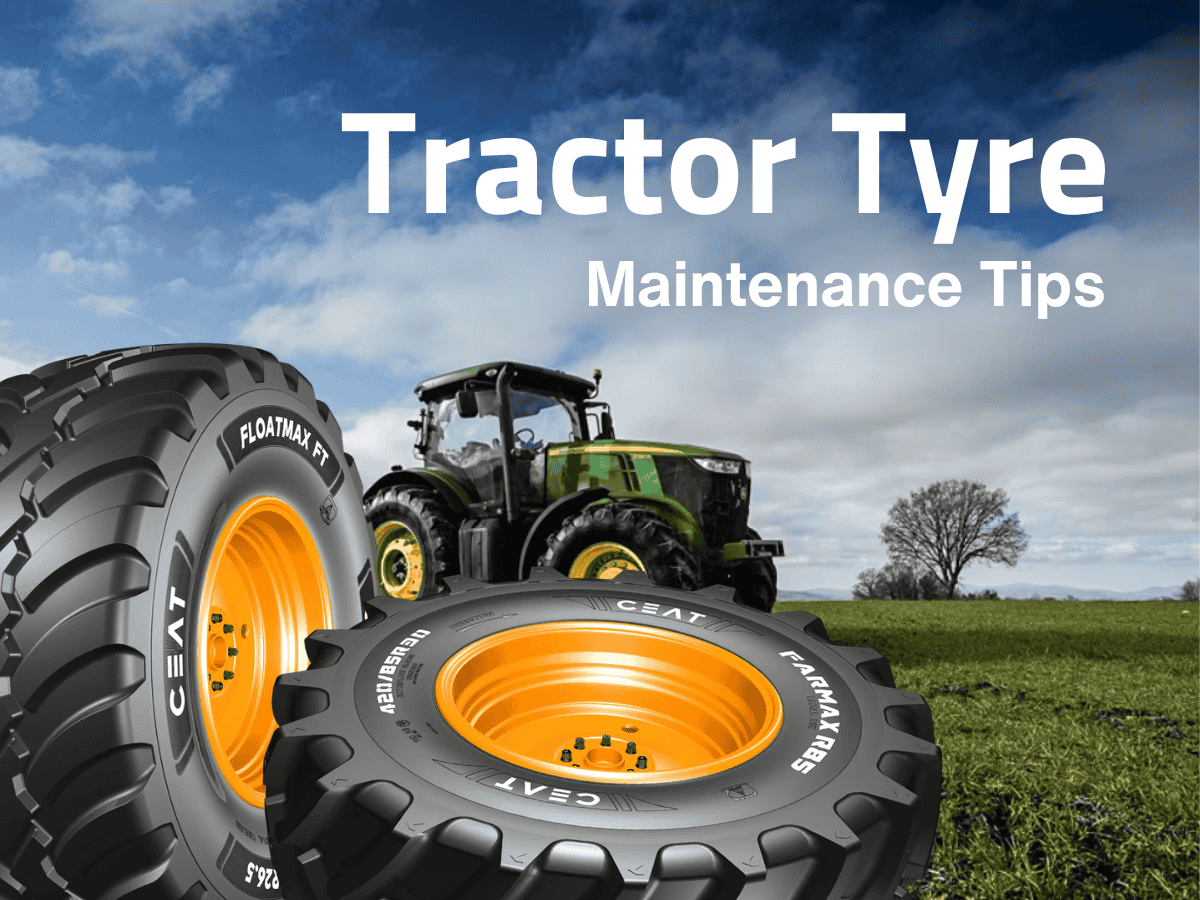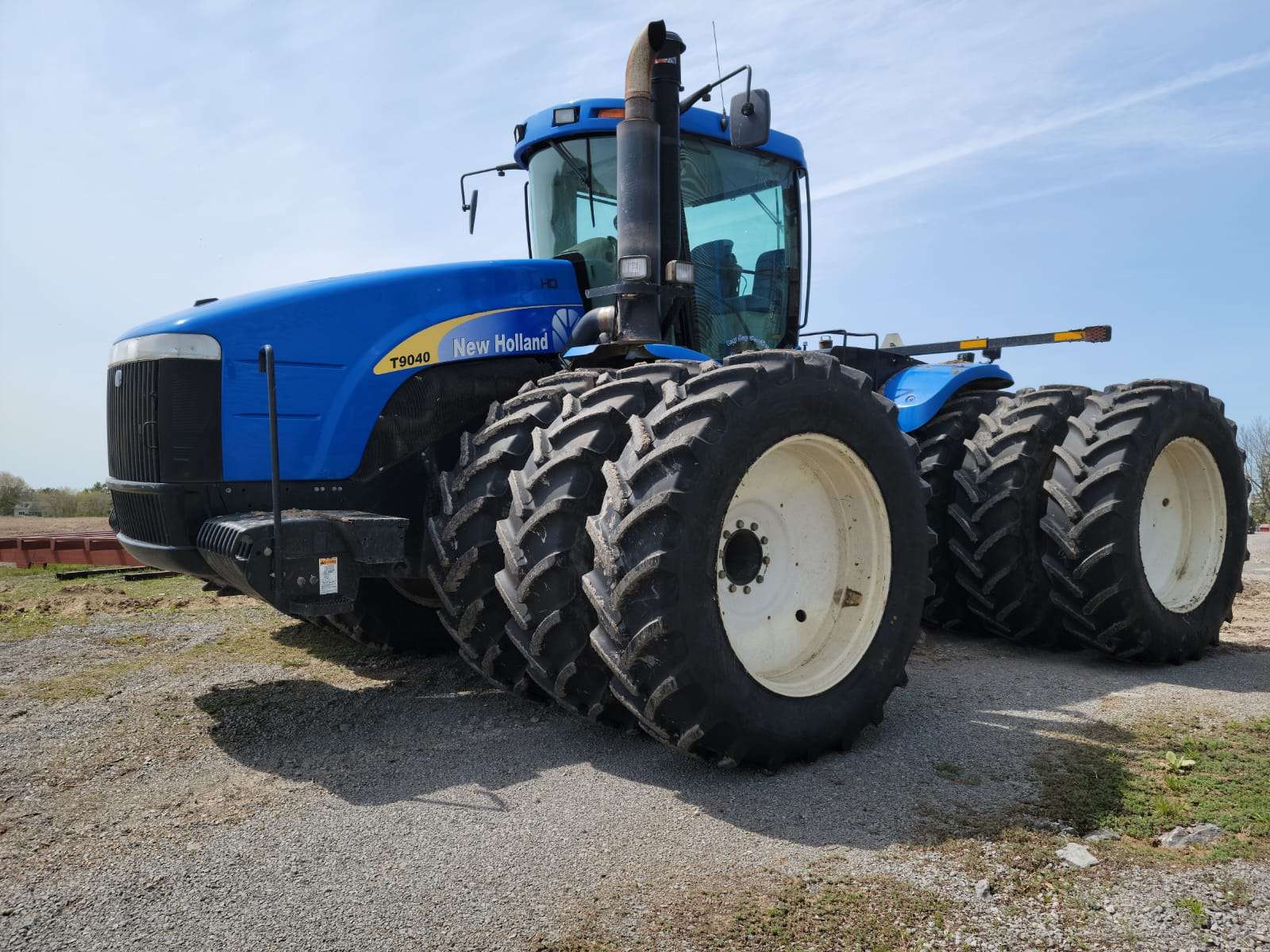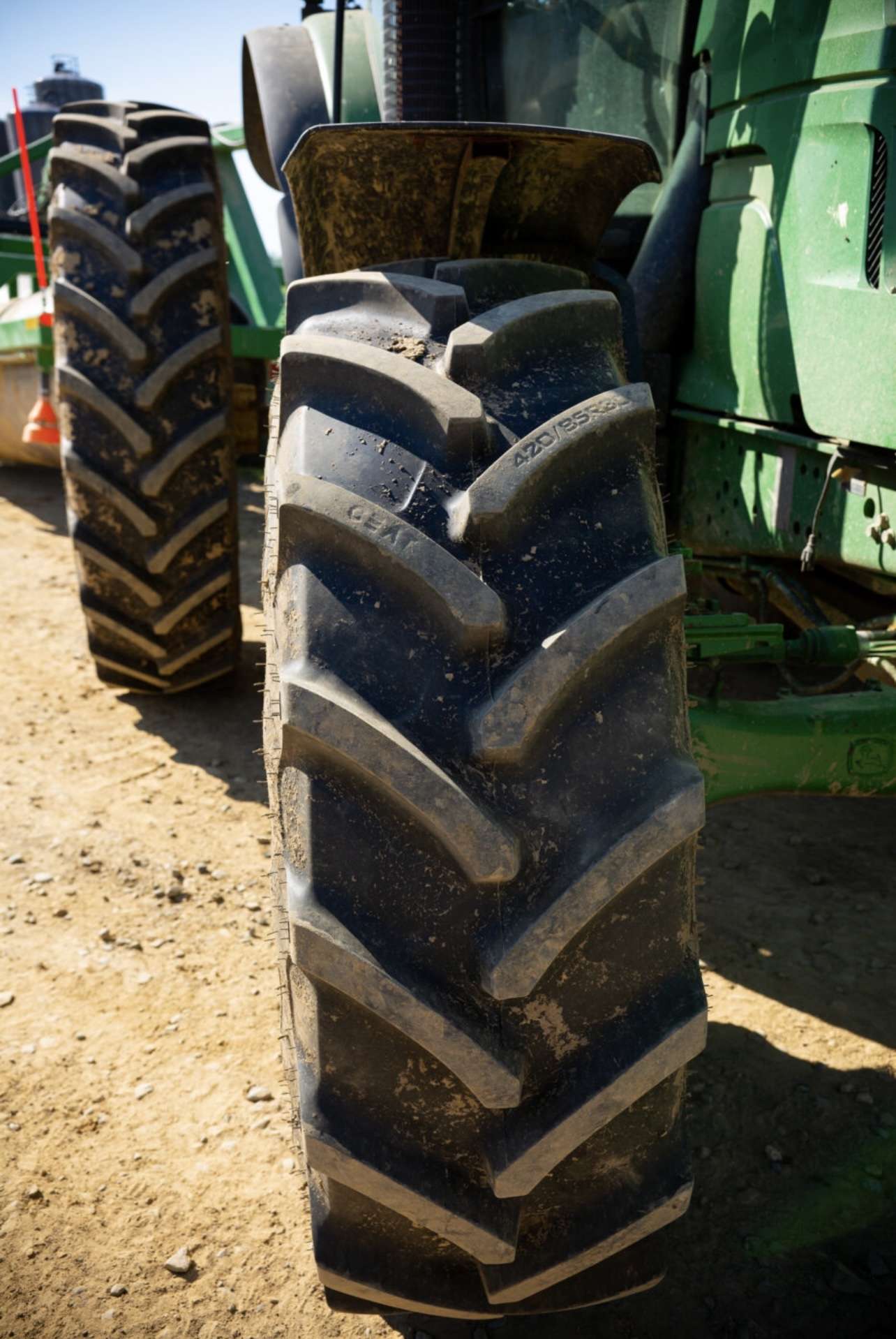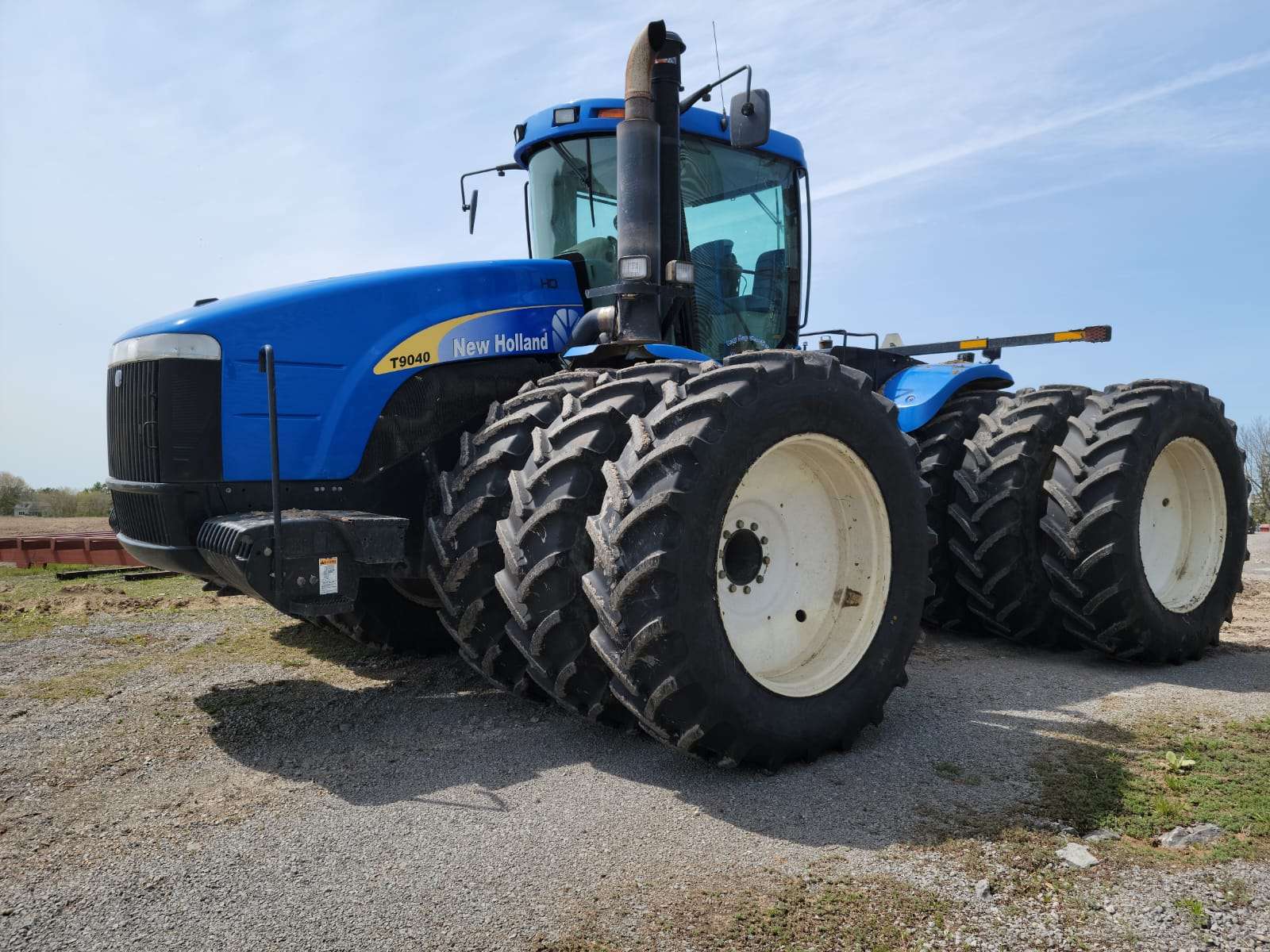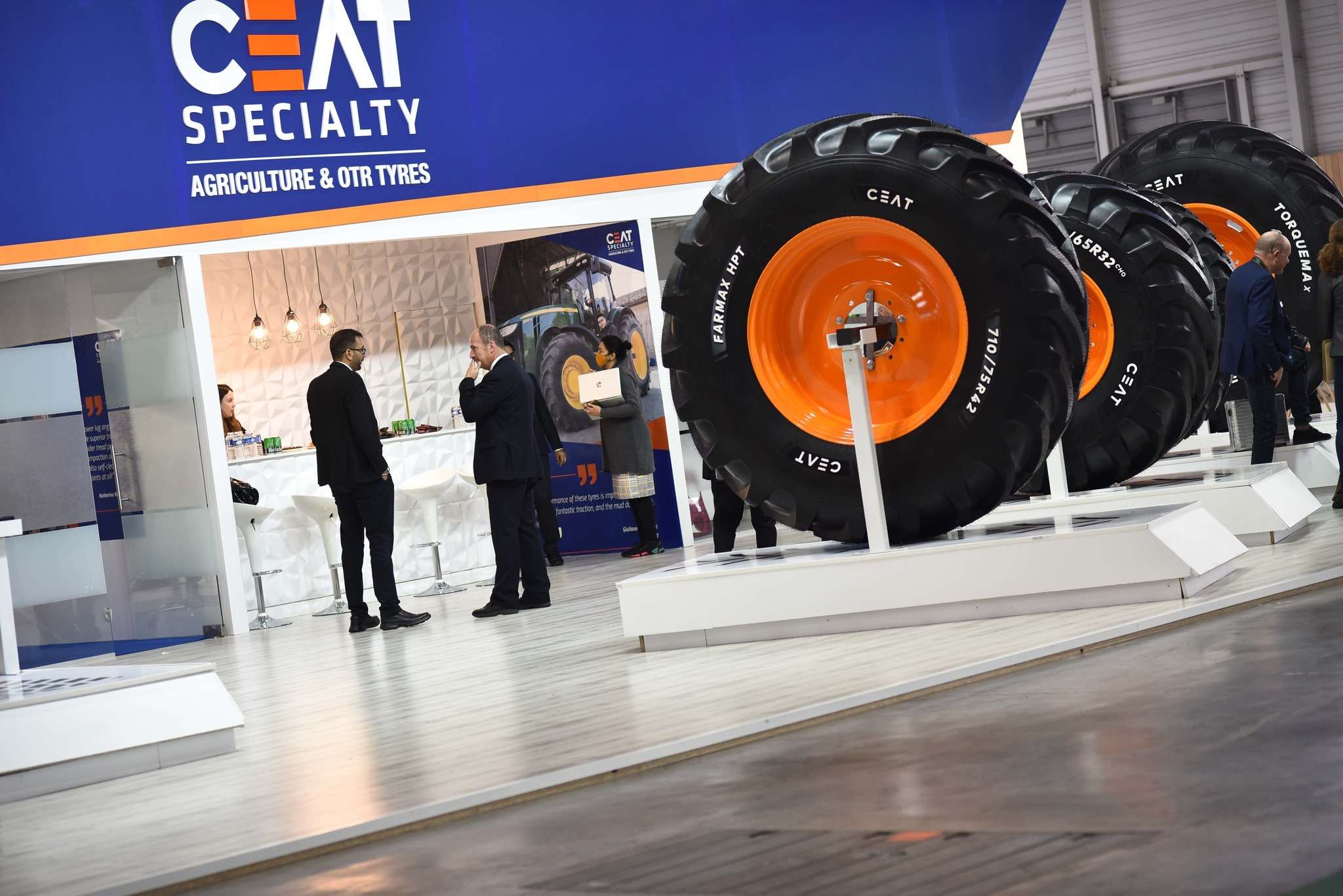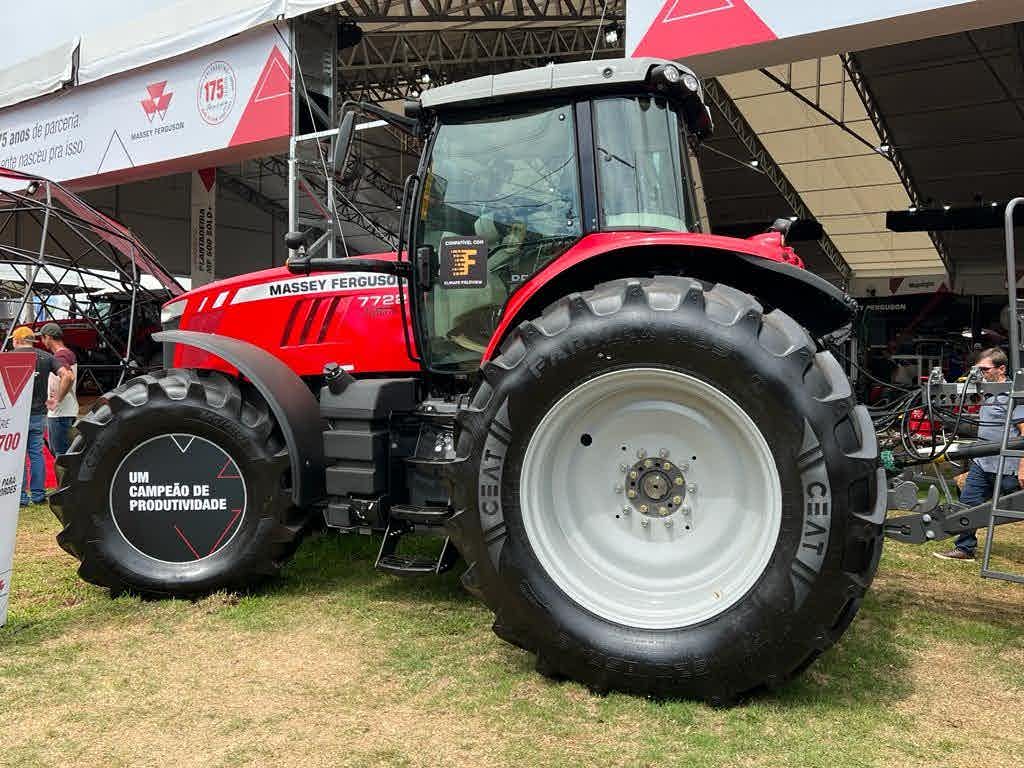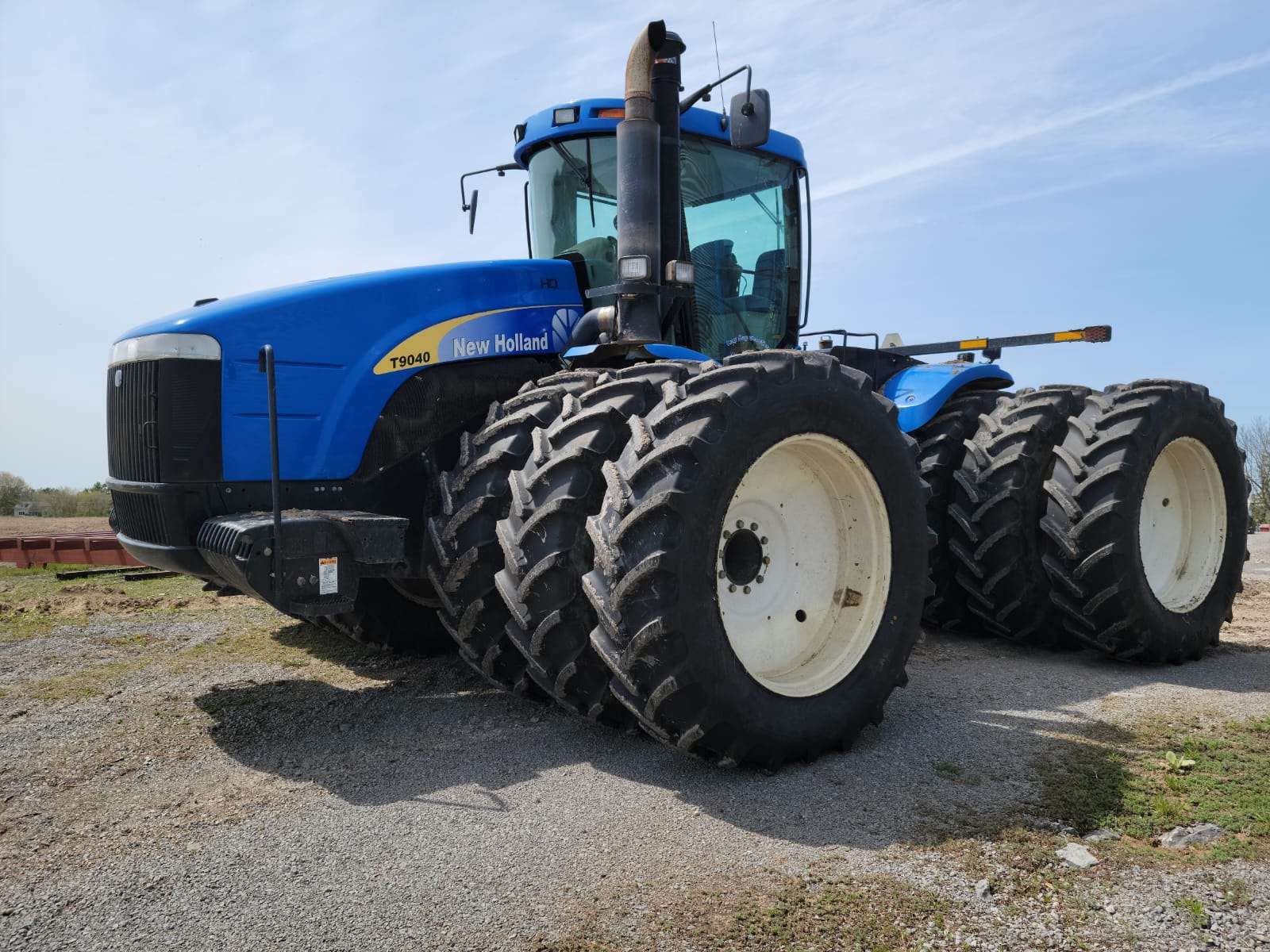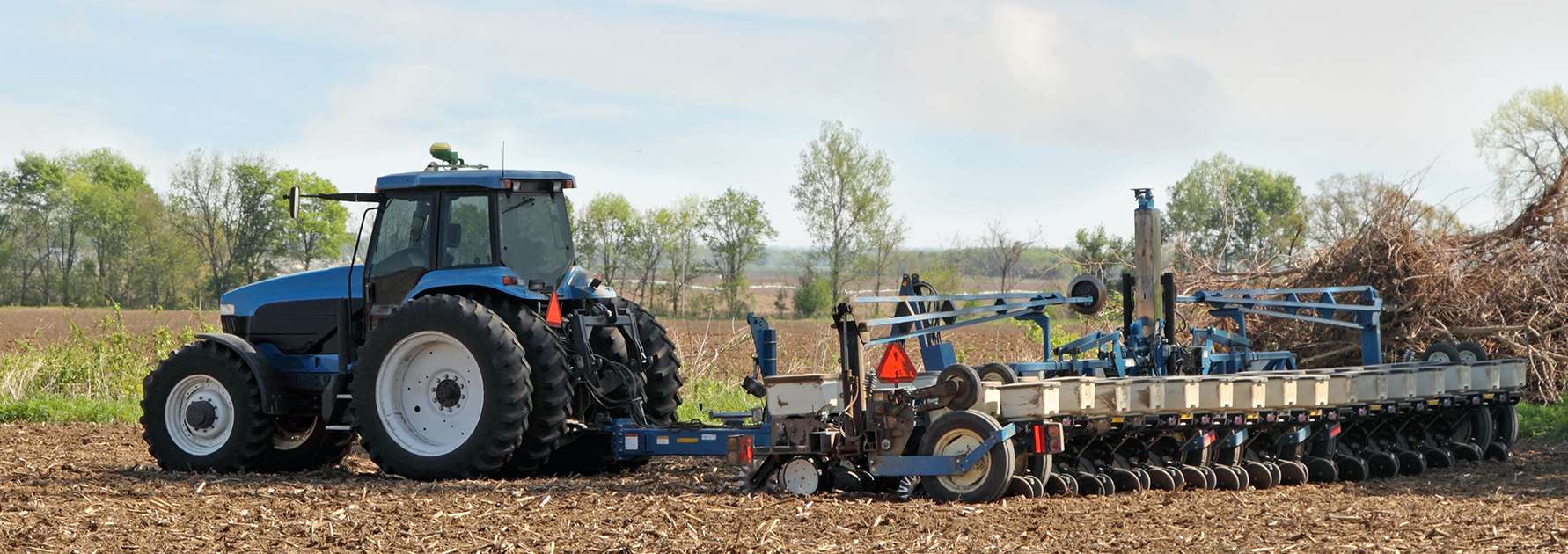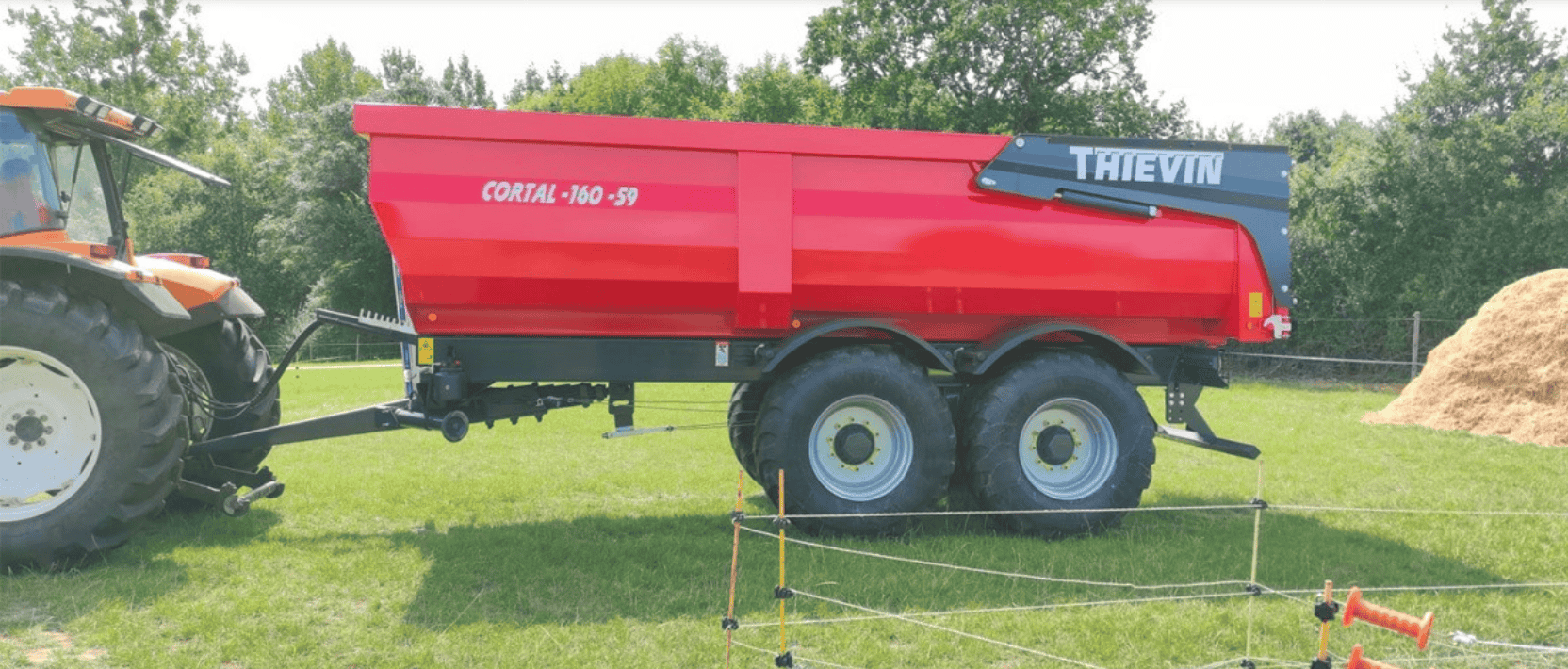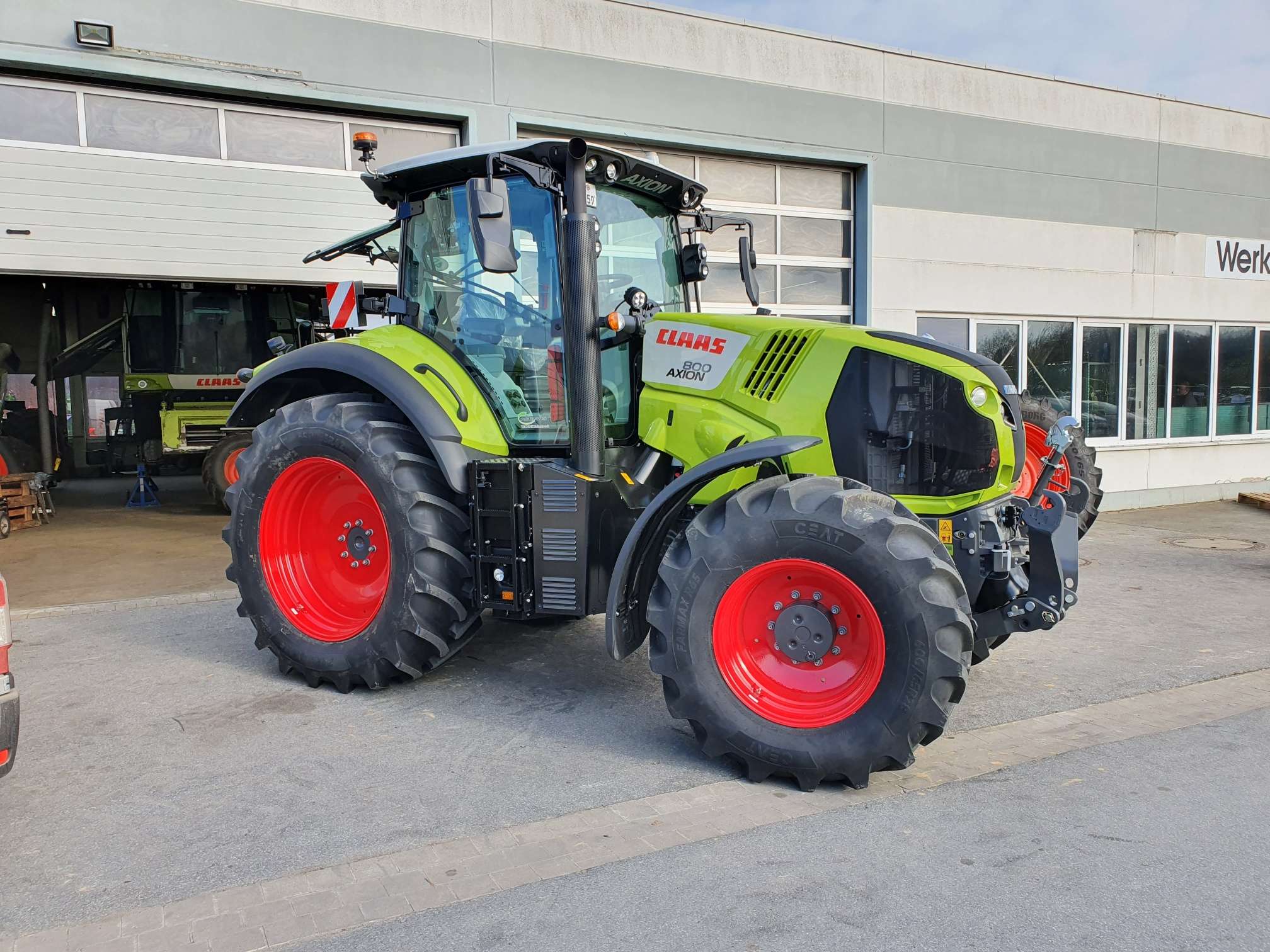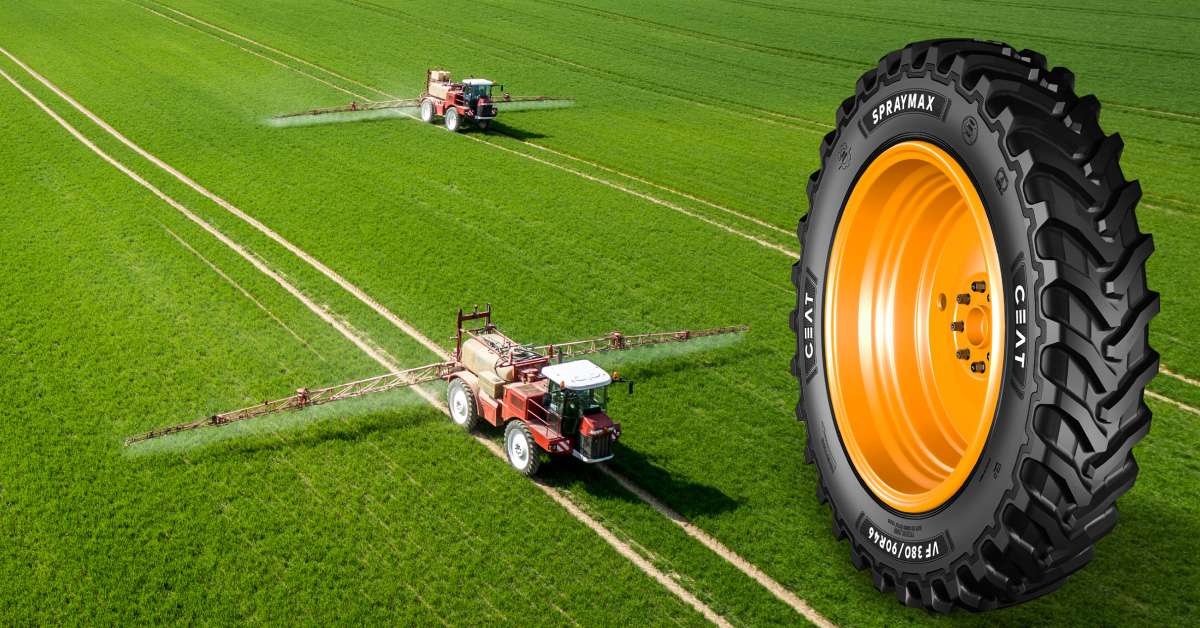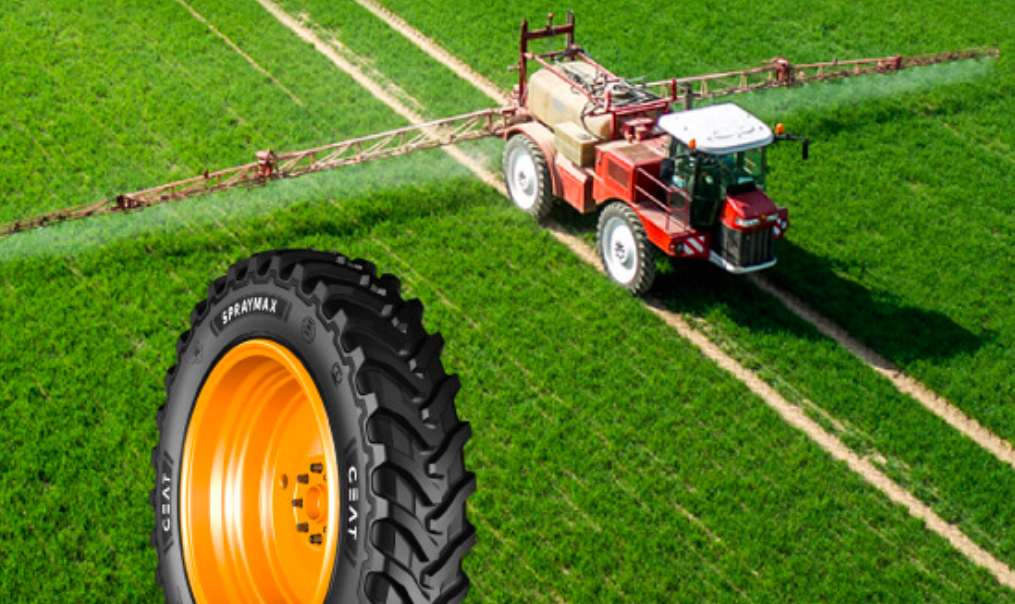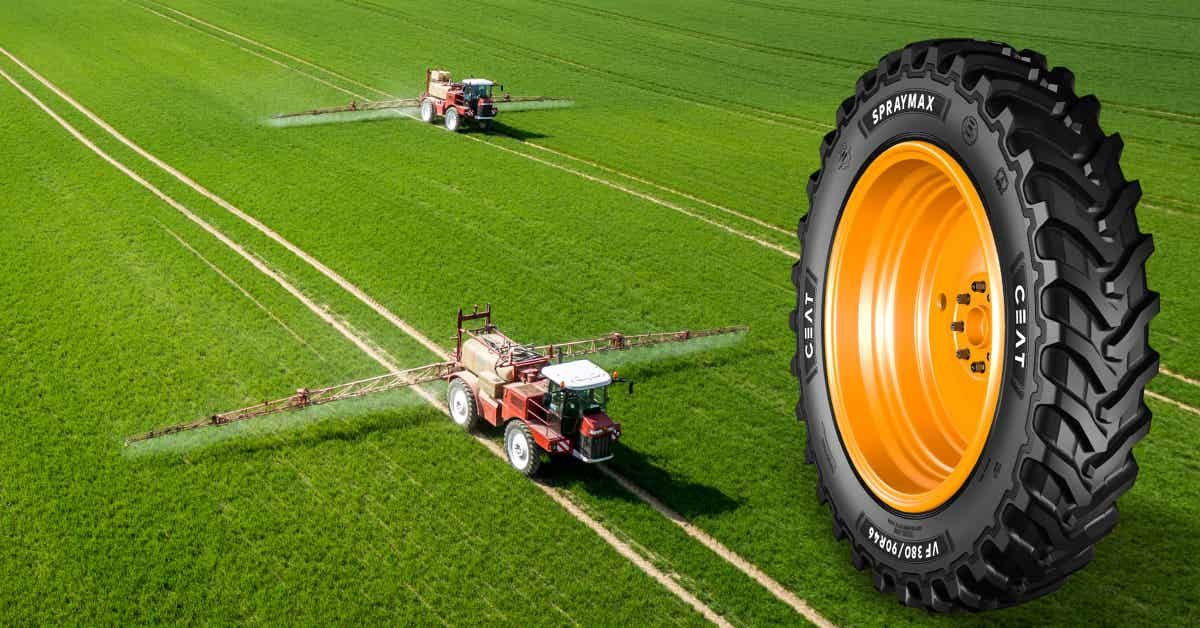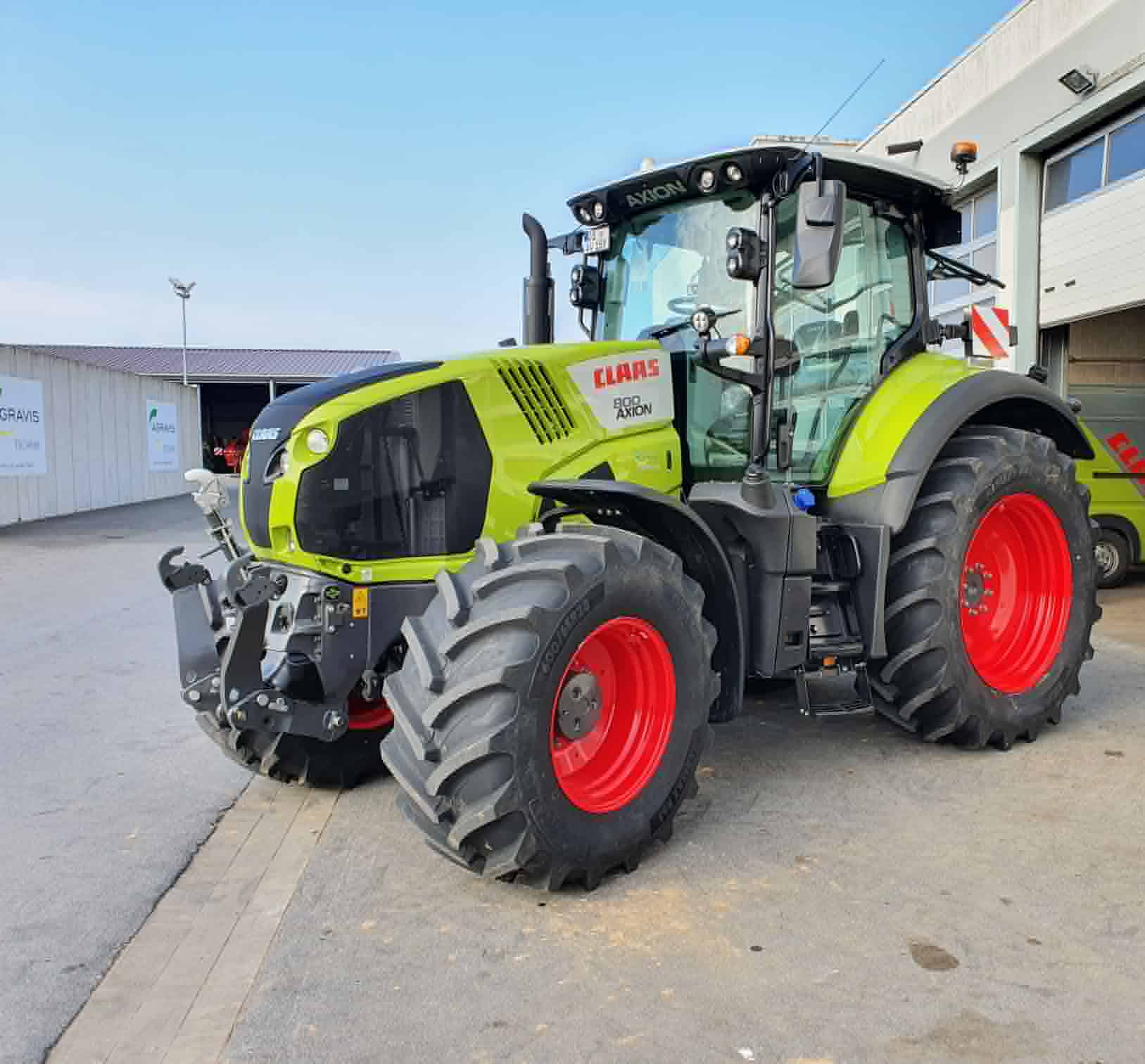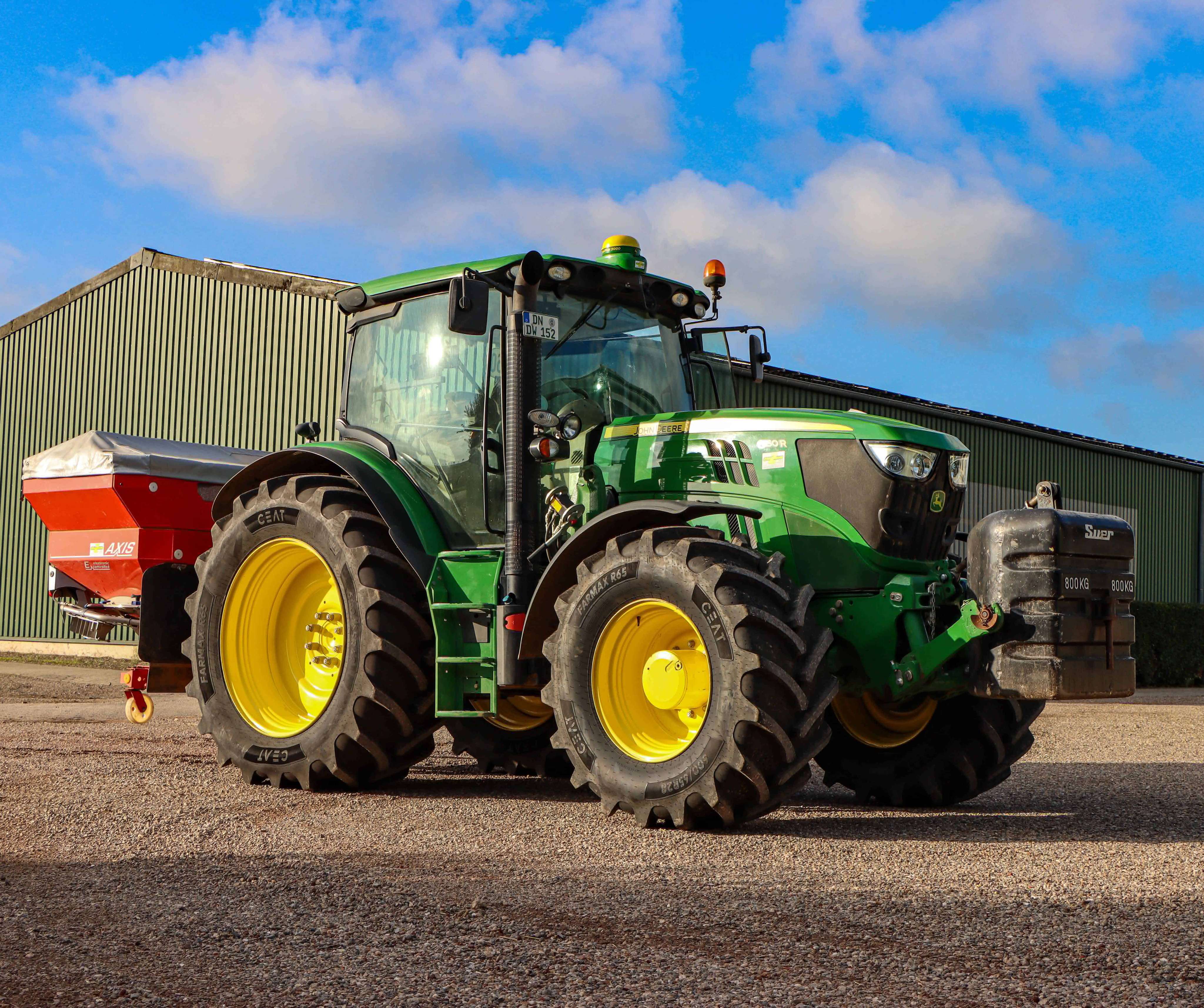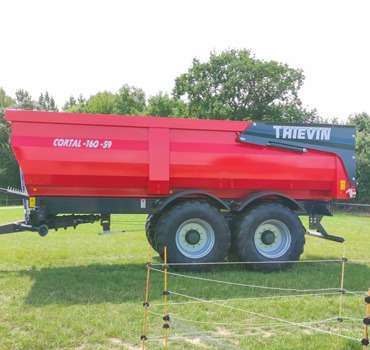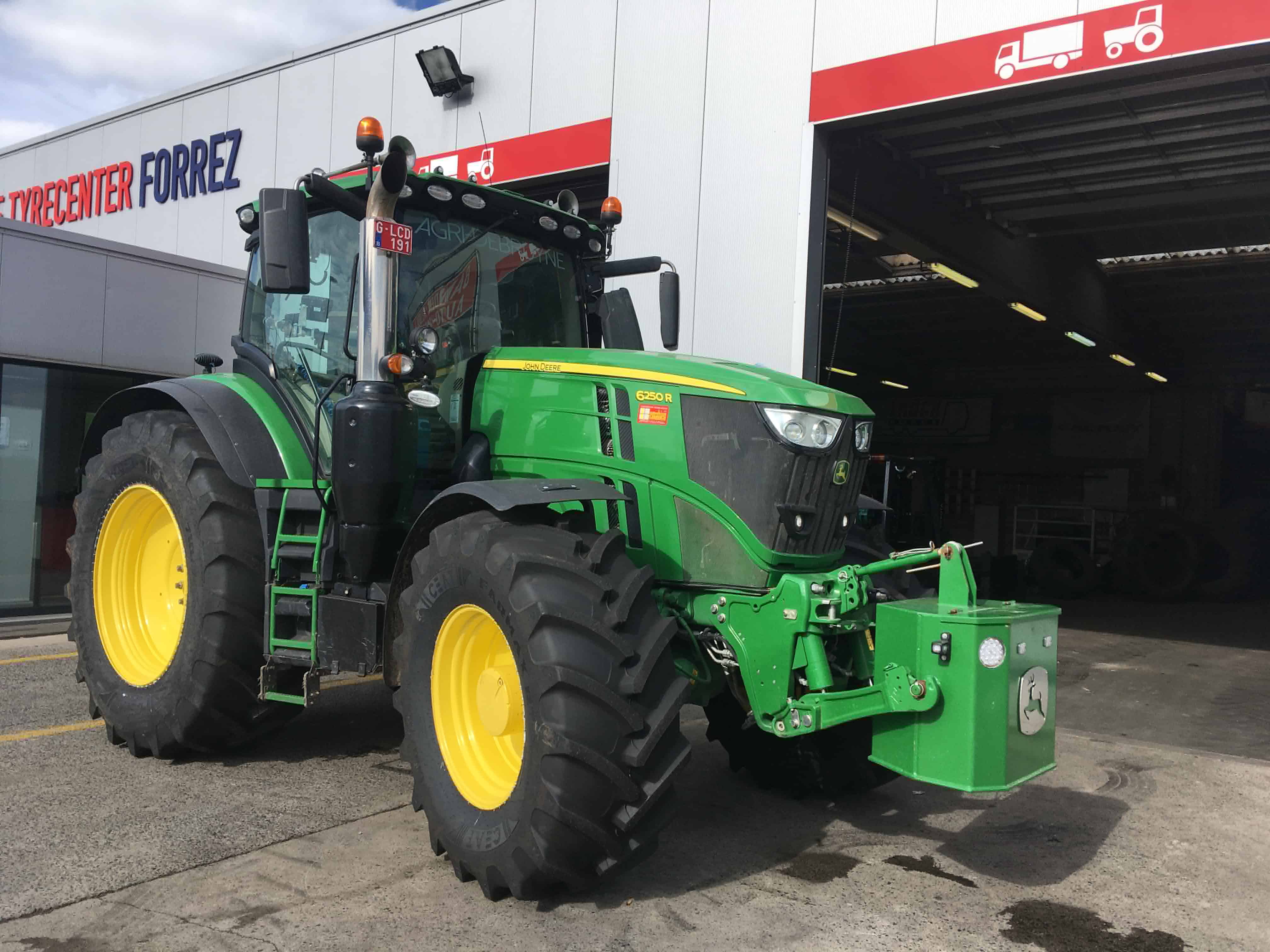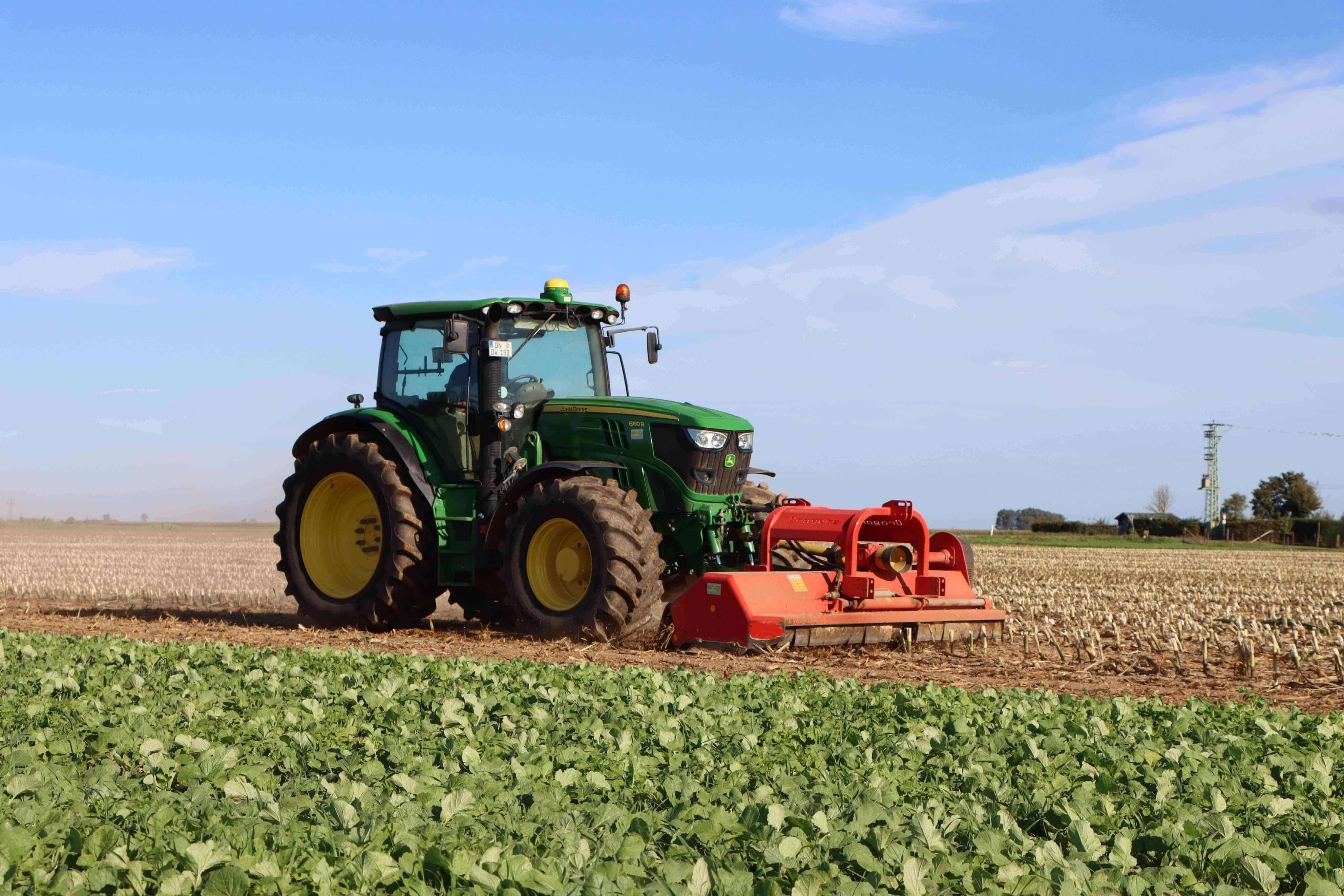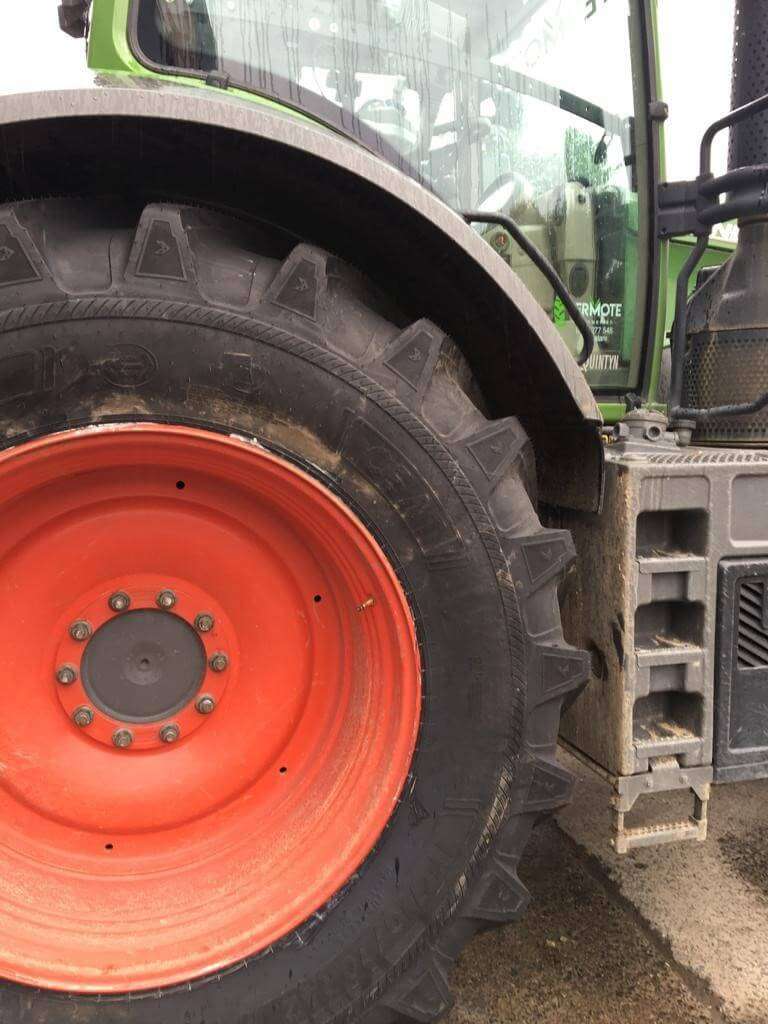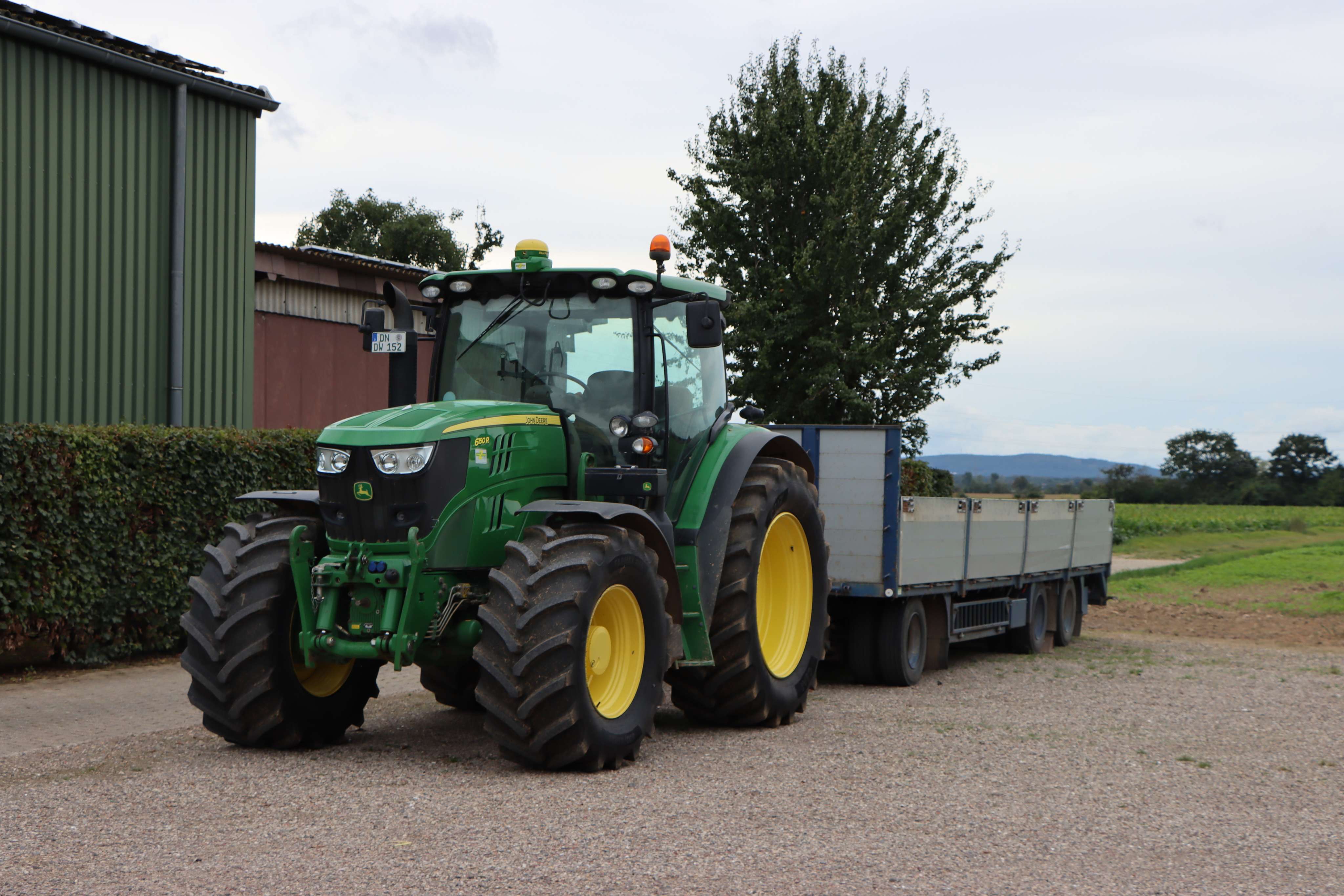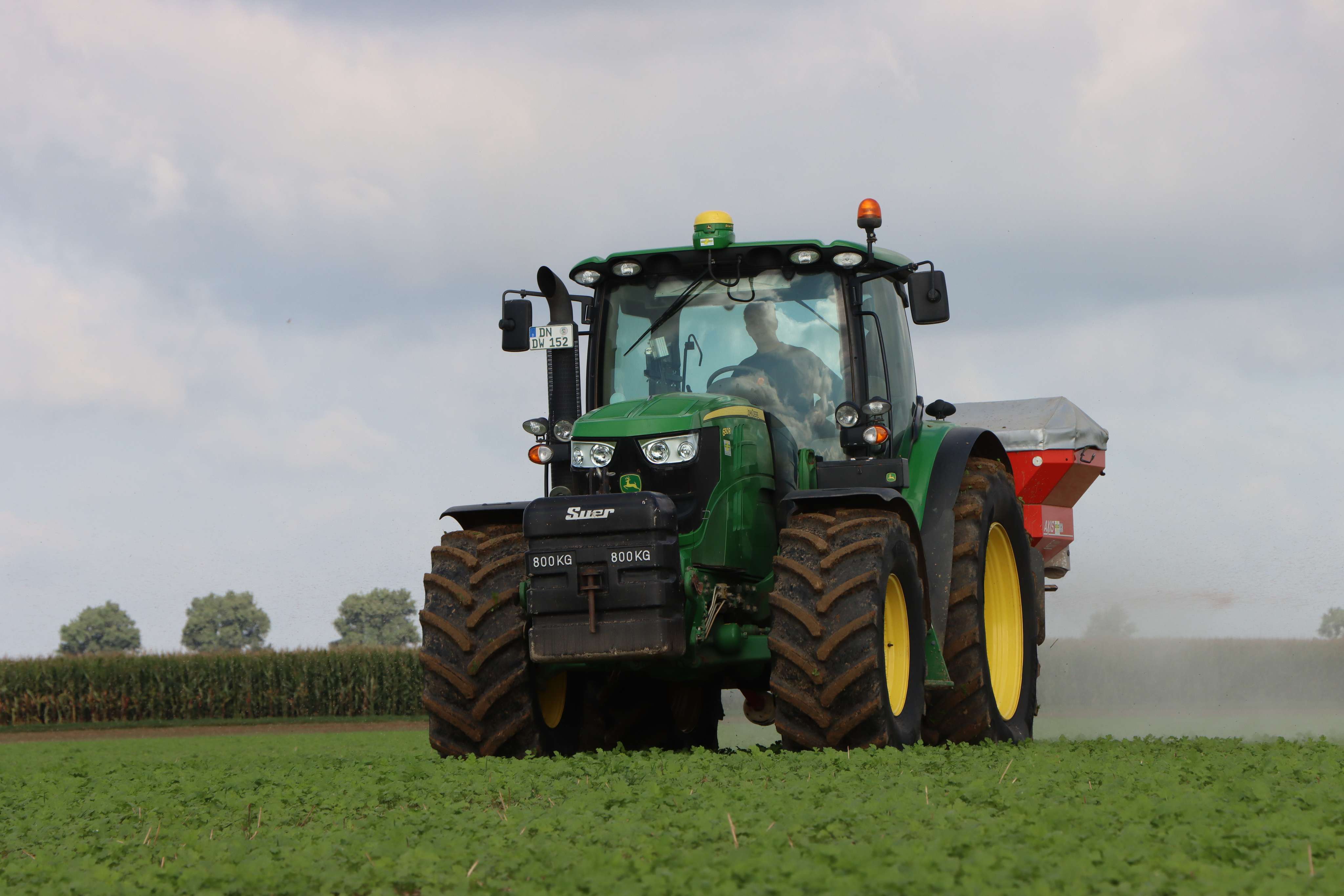ceat-speciality:blogs-tags/all,ceat-speciality:blogs-tags/tyre-care
Maintenance Tips To Maximise The Life Of Tractor Tyres
Fri, 24 Dec 2021 | PRODUCTS
A new set of tractor tyres is a considerable investment. Before searching the internet for ‘tractor tyres near me’ and ‘tractor tyres for sale’ – and before looking down a tractor tyres price list –a reminder of a few key factors can help get the maximum return from the money you are investing, and the best possible performance and lifetime from your tractor tyres.
Firstly, before working with your tractor, ensure regular checks are made of the tractor tyre pressures. As addressed previously in this blog, under or over-inflated tyres not only create safety, ride and performance issues, but they will also result in premature tractor tyre wear. Tyres run at pressures higher than those recommended are likely to abrade faster on the road at speed and will also be subject to high sidewall forces, which may cause cracking. Those run at lower pressures may move on the wheel rim, potentially damaging the bead, the valve, and even the carcase structure.
In addition to pressures, make a regular check of tyre condition before or after a significantfield task has been completed. Catching an issue such as puncture material in a tractor tyre carcase before it is forced deeper into the rubber and becomes a serious problem can help reduce the risk of shortened tractor tyre life.
The vast majority of modern tractors are equipped with 4wd. In the field, ensure 4wd is engaged when necessary – and disengaged when not. That means it should be used when working on operations such as primary tillage, where it will be needed to transfer as much power as possible to the ground for maximum pull, and secondary tillage, where the loose field surface means drive to all wheels is essential for full traction. Without four-wheel drive (4wd) 4wd being engaged, the result will be higher levels of wheelslip. This causes soil damage through smearing, wastes fuel by reducing the amount of diesel turned into tractive force and results in the tractor tyres moving against stones and flints in soils contain a high proportion of these. This tractor tyre movement abrades the rubber compound faster and reduces the tyres’ likely service life, while at worst, it can result in a puncture.
It is also essential to disengage 4wd when not required, particularly when travelling on the highway and when manoeuvring on concrete such as farmyard surfaces. If the operator does not do so, the front tyres, in particular, will wear far faster, while transmission problems are also likely.
Take a regular look at the condition of your tractor’s steering components. Any faults or misalignment could result in the tractor tyres wearing unevenly across their tread profile. Try if at all possible to take care to steer away from serious potholes on rough tracks and country roads and to keep away from kerbs on urban highways. This is easier said than done with modern large tractors, but it is worth a reminder to help avoid sidewall damage.
Lastly, ensure your tractor is not overloaded, either with trailed or mounted equipment, according to its lift capacity and gross vehicle weight. Overloadinghas obvious safety implications but will also affect how quickly your tractor tyres wear. Always remove front weight blocks when not required. Next time you are examining a tractor tyre price list and looking for ‘tractor tyres for sale’ and ‘tractor tyres near me’, following these tips will help you get the maximum possible life from your eventual tractor tyre purchase.

